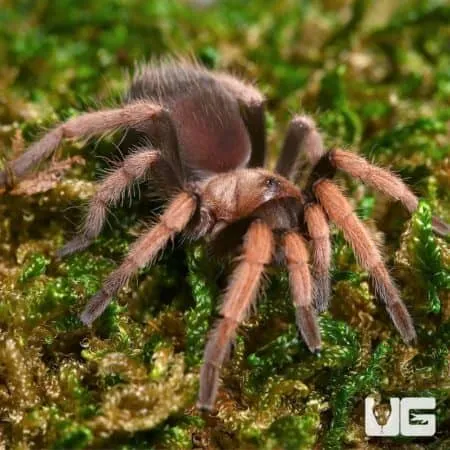Top 5 Curly Hair Tarantula Juvenile Care Tips
Caring for a curly hair tarantula juvenile can be an incredibly rewarding experience. These fascinating creatures, known for their docile nature and beautiful appearance, make captivating pets. However, their well-being hinges on proper care. This guide provides the top 5 essential tips to ensure your curly hair tarantula juvenile thrives, covering everything from enclosure setup and humidity control to feeding and handling. By following these guidelines, you can create a healthy and stimulating environment for your new arachnid friend, and enjoy the unique experience of owning a curly hair tarantula.
Tip 1 Provide the Right Enclosure
The enclosure is the cornerstone of your curly hair tarantula juvenile’s well-being. A properly designed enclosure mimics their natural habitat and provides a safe and comfortable space. The right enclosure setup minimizes stress, and this will greatly benefit the overall health of your tarantula. Incorrect enclosure setup can lead to health issues or in extreme cases, death. Therefore, it’s essential to get it right from the start.
Enclosure Size and Ventilation
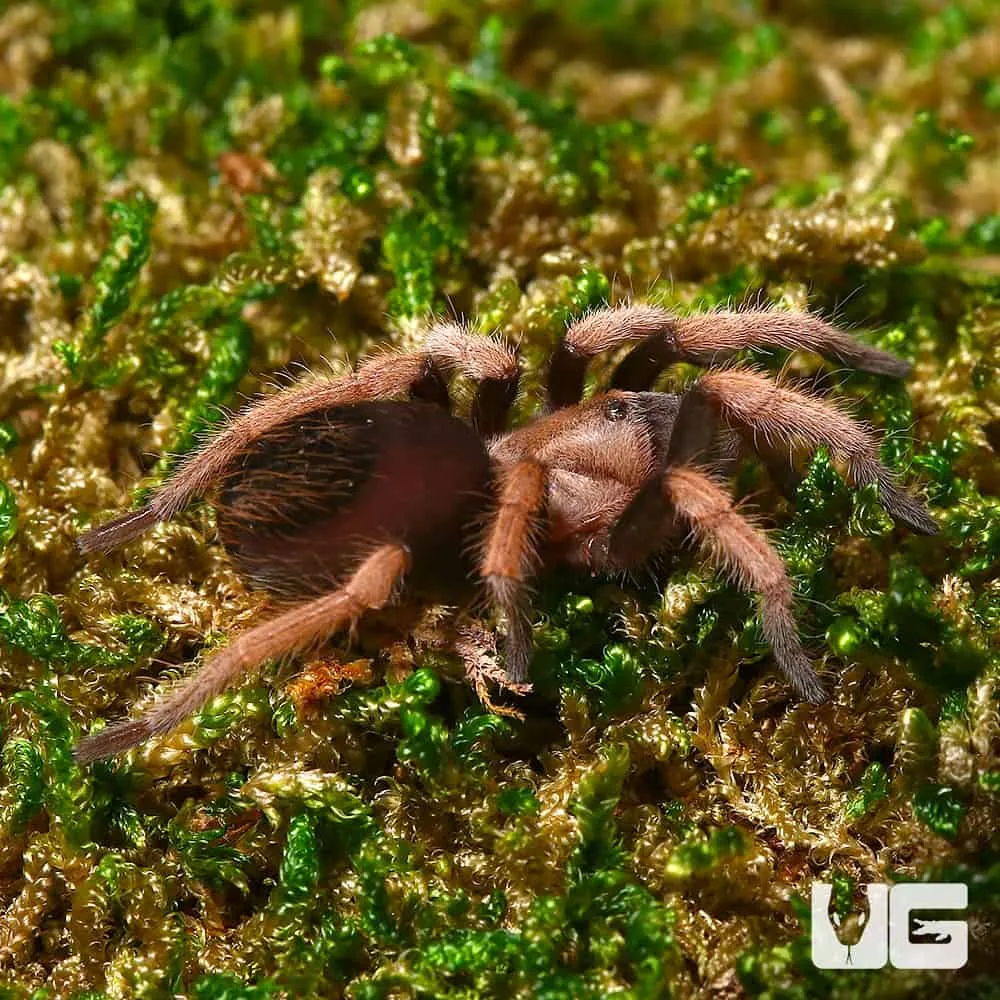
Choose an enclosure that is appropriately sized for a juvenile tarantula. A general rule of thumb is to provide an enclosure that is at least three times the tarantula’s leg span in width. Ventilation is critical; the enclosure must have adequate airflow to prevent the buildup of mold and maintain a healthy environment. Ensure the enclosure has cross-ventilation, with vents on opposite sides, or a vented lid and side vents. Avoid enclosures that are too large, as they can make it difficult for the tarantula to find food and feel secure, which may lead to stress.
Substrate and Hiding Places
The substrate is the material that lines the bottom of the enclosure. A suitable substrate for a curly hair tarantula juvenile includes a mix of coconut fiber, peat moss, and a small amount of vermiculite. This combination helps retain moisture and allows the tarantula to burrow. Provide a hide, such as a piece of cork bark or a half log, where the tarantula can retreat and feel secure. The hide should be appropriately sized for the tarantula, allowing it to fully fit inside. Having a hiding place is crucial for reducing stress and providing a sense of security.
Tip 2 Maintain Optimal Humidity
Humidity is a crucial factor in the health of a curly hair tarantula juvenile. These tarantulas thrive in a moderately humid environment. Maintaining the right humidity level is essential for successful molting and overall well-being. Too little humidity can lead to molting problems, while too much can cause mold growth and other issues. Regularly monitoring and adjusting the humidity levels in the enclosure is important.
Monitoring Humidity Levels
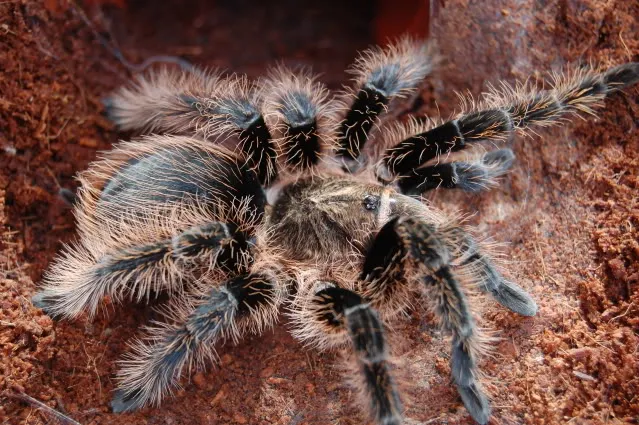
Use a hygrometer to monitor the humidity levels inside the enclosure. The ideal humidity range for a curly hair tarantula juvenile is between 60% and 70%. Place the hygrometer in a location that is easily visible, allowing you to monitor the humidity at a glance. Regular monitoring helps you identify any fluctuations and take corrective action to maintain the ideal humidity levels.
Methods to Increase Humidity
If the humidity levels are too low, there are several methods to increase them. Mist the enclosure lightly with dechlorinated water, but avoid soaking the substrate. Ensure that the water is not cold and does not cause the tarantula to become stressed. Another method is to provide a shallow water dish. The water dish can help to add moisture to the enclosure. If the humidity continues to be an issue, you can increase the amount of substrate.
Tip 3 Offer Appropriate Feeding
Feeding your curly hair tarantula juvenile appropriately is vital for its growth and development. The right diet provides the necessary nutrients for the tarantula to grow. Overfeeding or underfeeding can lead to health issues, so it’s important to establish a feeding schedule that meets their specific needs. Juvenile tarantulas have specific dietary requirements. Understanding these requirements is critical for long-term care.
Feeding Frequency
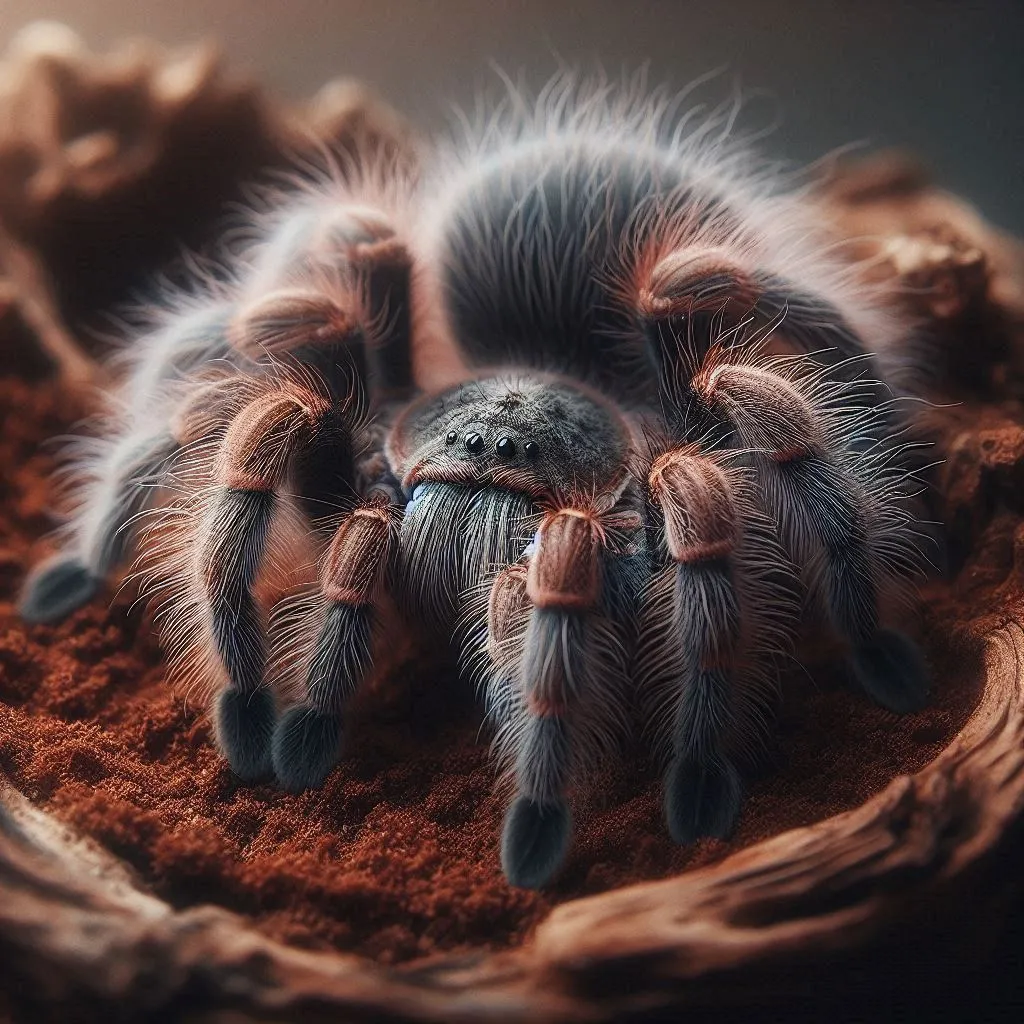
Feed juvenile curly hair tarantulas about once or twice a week. Observe the tarantula’s abdomen; if it appears plump, it’s well-fed. Adjust the feeding frequency based on the tarantula’s appetite and growth rate. Do not feed the tarantula if it is in pre-molt (indicated by a darkened abdomen). Remove any uneaten prey within 24 hours to prevent stress.
Suitable Prey Items
The primary food source for a juvenile curly hair tarantula should be appropriately sized insects. Crickets, mealworms, and small roaches are excellent options. The size of the prey should be approximately the same size as the tarantula’s abdomen. Ensure the prey is healthy and has not been exposed to pesticides. Variety in the diet is beneficial; it ensures the tarantula receives a wide range of nutrients. Consider adding other insects in the diet.
Tip 4 Ensure Proper Temperature
Maintaining the correct temperature range is essential for the health and activity levels of a curly hair tarantula juvenile. These tarantulas are ectothermic, meaning they rely on their environment to regulate their body temperature. Consistent temperatures allow for the tarantula to be active and healthy. Incorrect temperatures can lead to health problems, so maintaining a comfortable environment is a priority.
Heating Options

In most cases, a heating source is not necessary, provided the room temperature is consistently between 70-80°F (21-27°C). If additional heating is required, use a heat mat on the side of the enclosure. Avoid placing the heat mat under the enclosure, as this can cause the substrate to dry out too quickly and make it too hot. Never use a heat lamp, as this can overheat the enclosure and is unsuitable for tarantulas.
Temperature Monitoring
Use a thermometer to monitor the temperature inside the enclosure. Place the thermometer in a location that is easily visible. Monitor the temperature daily and make adjustments to the heating source if necessary. Temperatures outside the ideal range can stress the tarantula, which is an issue that you want to avoid.
Tip 5 Handle with Care
While curly hair tarantulas are known for their docile nature, handling should be approached with caution. Unnecessary handling can cause stress and potentially lead to injury. Understanding the tarantula’s behavior and the potential risks involved is important before handling. Observe their behaviour before even considering handling and be aware of what the tarantula is doing at all times.
Minimizing Stress
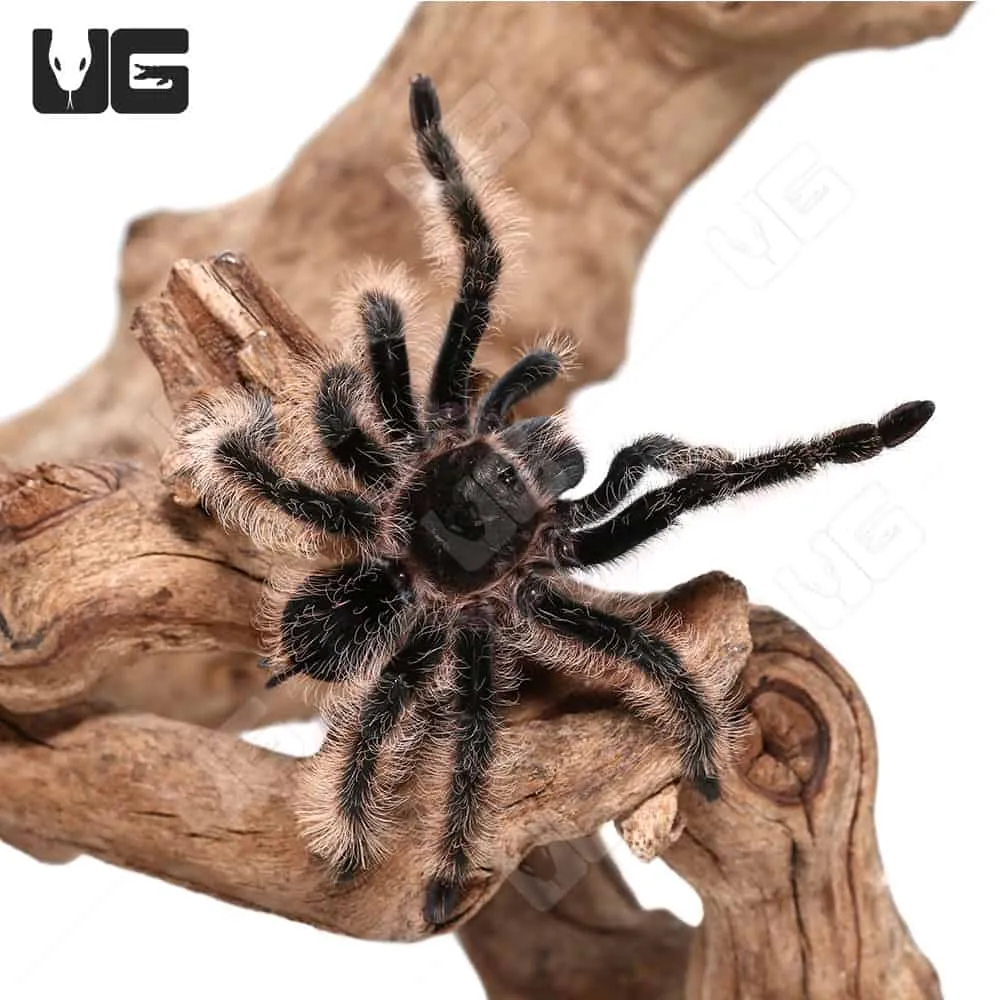
Avoid handling your tarantula unless necessary. When handling is required, do so in a controlled environment. The enclosure should be your primary point of interaction, keeping the handling to a minimum will make it less likely that the tarantula becomes stressed. Minimize loud noises, sudden movements, and vibrations near the enclosure. These factors can stress the tarantula.
Safe Handling Techniques
If you must handle your tarantula, do so close to the ground or a soft surface to minimize the risk of injury if it falls. Gently encourage the tarantula to walk onto your hand, avoiding any sudden movements. Never grab or restrain the tarantula. Always wash your hands before and after handling to prevent the spread of bacteria. If the tarantula shows signs of distress, such as rearing up or flicking hairs, immediately cease handling and allow it to return to its enclosure.
Caring for a curly hair tarantula juvenile can be a rewarding experience. By following these top 5 tips providing the right enclosure, maintaining optimal humidity, offering appropriate feeding, ensuring proper temperature, and handling with care you can ensure that your tarantula thrives. Remember, consistency and careful observation are key to a healthy and happy tarantula. With proper care, you can enjoy the unique charm and beauty of this amazing creature for many years to come.
